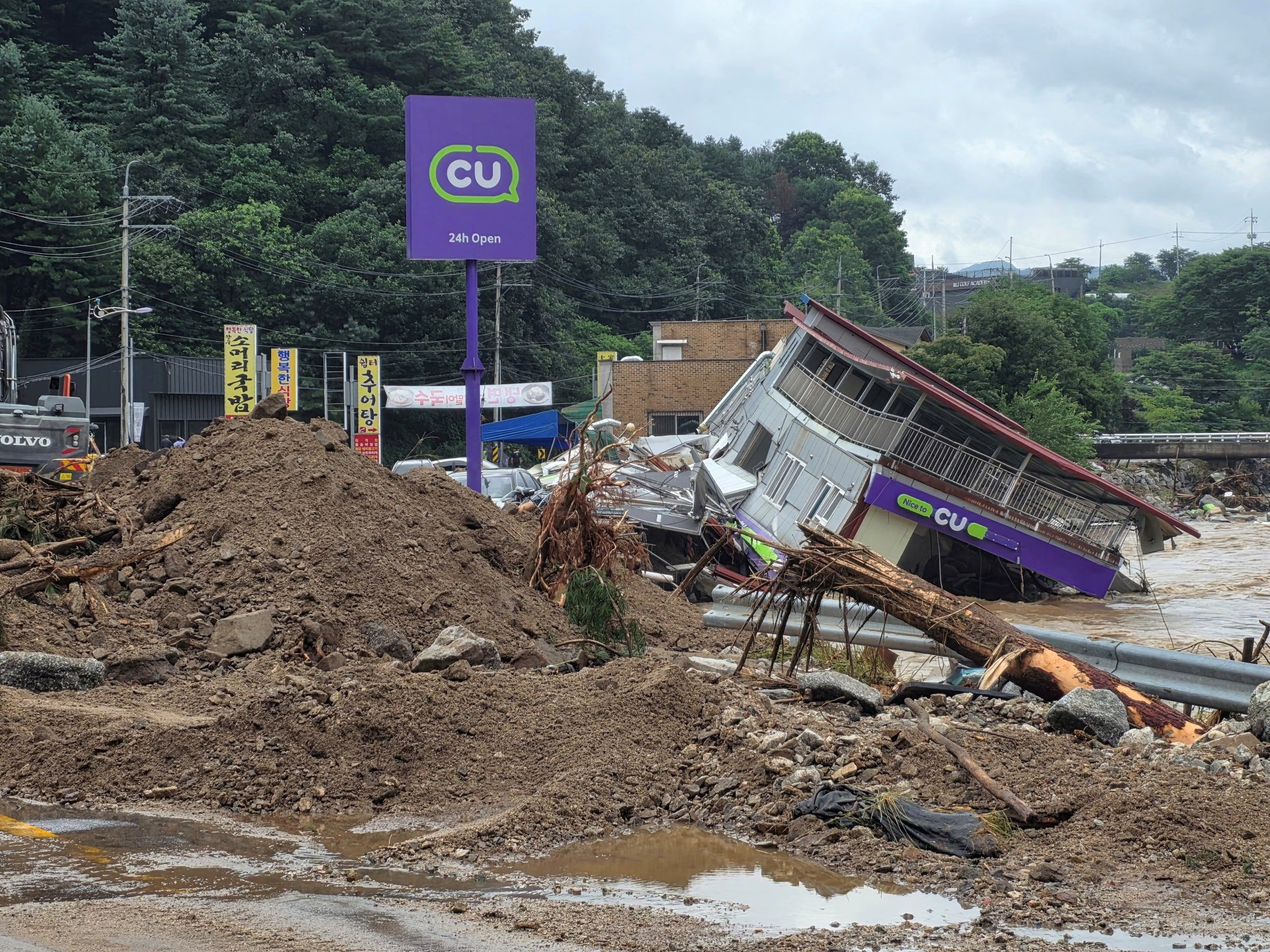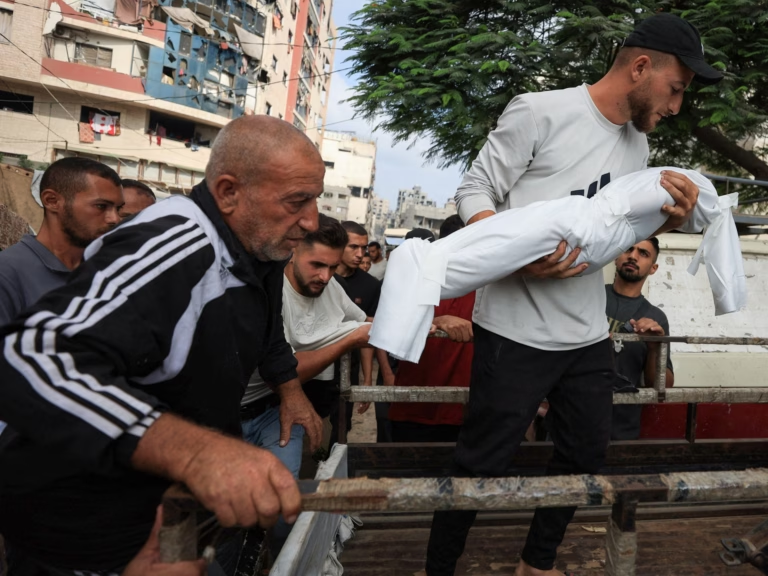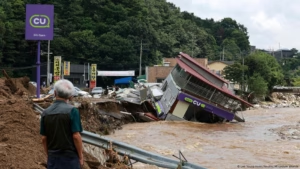In the resort town of Gapyeong, two people died and four went missing after a landslide and flooding occurred, according to the AFP news agency.
A 70-year-old woman died when her house collapsed in the landslide, and the body of a man in his 40s was found drowned near a bridge, as reported by Yonhap.

Nearly 170mm of rainfall was reported in Gyeonggi province early on Sunday, while Sancheong county has seen approximately 800mm of rain since Wednesday.
Additional deaths were confirmed in Sancheong during search and rescue operations, bringing the total in the rural county of 33,000 to eight, with six still missing.
Hapcheon and Hadong also received substantial rainfall, measured at 699mm and 621.5mm respectively.
Two missing individuals were from the southwestern city of Gwangju, according to Yonhap.
Over 1,900 cases of flooded roads, soil erosion, and damaged public facilities have been registered, along with more than 2,200 cases of damage to private property.
12,921 people have sought refuge across the affected areas.
South Korea is accustomed to monsoon rains in July, but this year’s southern regions have experienced particularly severe downpours, the heaviest hourly rainfall on record.
Scientists attribute the increased frequency and intensity of extreme weather events to climate change, noting similar incidents in South Korea in 2022, which resulted in at least 11 deaths.








